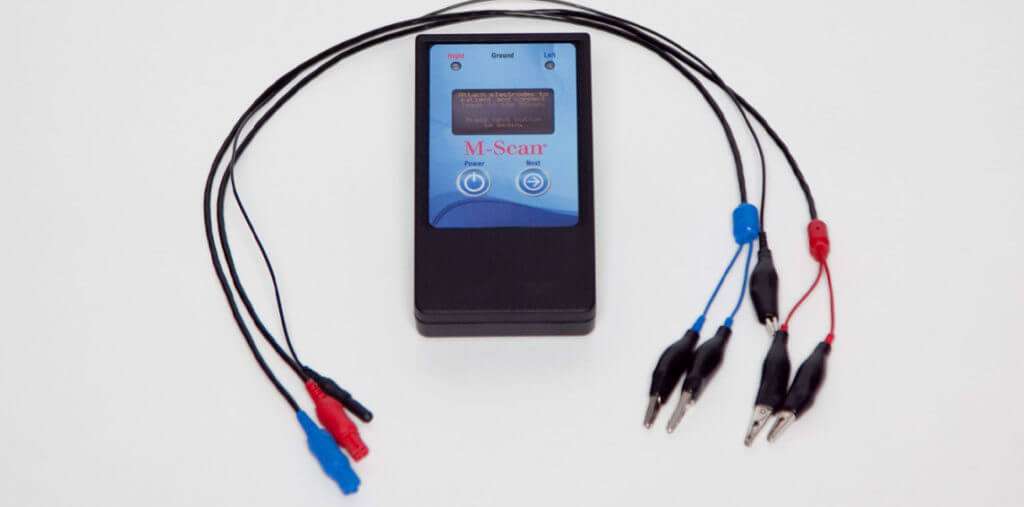Air-Flow Polishers For Hygiene
The AirFlow polishing technique eliminates the need for hand scaling during dental hygiene cleanings. It delivers controlled streams of powder, air, and water to get rid of deposits on the surfaces of the teeth. Unlike the typical polishing device, it can reach far and delicate spaces. It helps reduce stains left behind by tobacco, food, and beverages and is ideal for those with sensitive teeth or dental work, such as veneers.

Isolite
The Isolite is a multi-awarded hands-free suction and retraction unit. It’s a patented mouthpiece made of hypoallergenic, polymer material. It’s available in 6 different sizes, including one for children, to ensure a proper fit.
Isolite helps keep your mouth open during dental procedures. It also retracts the tongue, protects the cheek, and guards your airway. It eliminates the need for constant spitting as the suction removes liquid, keeping the mouth dry and preventing contamination.
Isolite is flexible and is easy to fit into the mouth. It also provides a place to rest your jaw. Overall, it helps improve safety and enhances productivity during procedures.

Intraoral Cameras In Every Room
Intraoral cameras are pen-like devices that capture high-resolution images of your mouth. They’re light and small and fit easily into the mouth, reaching even the back areas. The intraoral camera is connected to the computer screen, which allows you and your dentist to see images as they’re taken. Your dentist can detect any issue more easily and explain in greater detail the condition of your oral health. The images also help you understand your diagnosis better and make informed decisions for your dental care needs.

Digital Intraoral X-rays
Digital intraoral X-rays are taken inside the mouth. The procedure uses a film or sensor to capture detailed images, and the images are then transferred to the computer. Your dentist can enhance the images and show them to you simultaneously. Intraoral X-rays come in different types, and your dentist may recommend getting one depending on the dental procedure that you need.
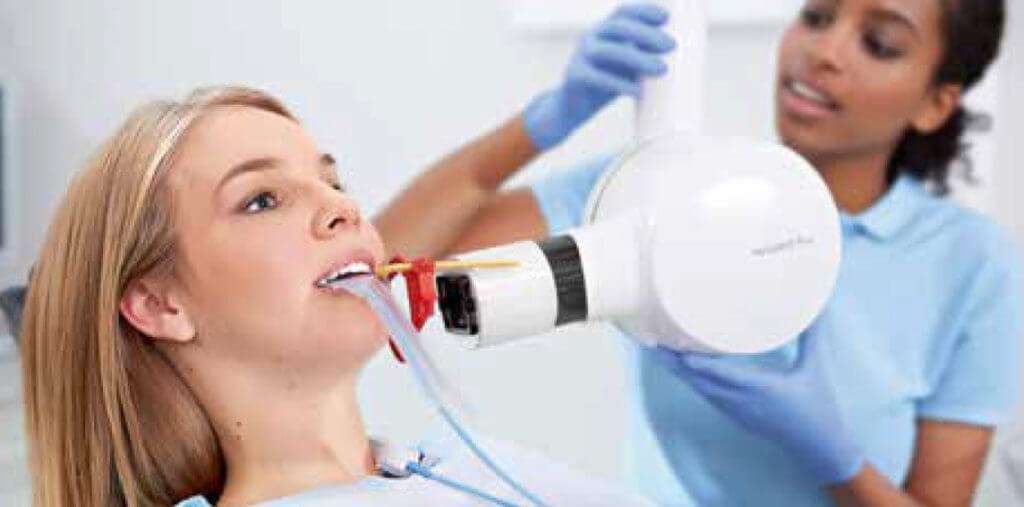
Panoramic X-ray
Your dentist may request a panoramic X-ray on your first appointment. Panoramic X-rays capture your mouth in a single image. They include a view of your teeth as well as surrounding structures, such as the jaw and bones of the head and neck. Unlike other imaging technology, a panoramic X-ray is extraoral or taken outside of the mouth. It uses a film and an imaging machine that rotates around your head. The process is quick, easy, and painless, and the images can be used for up to 3-5 years.
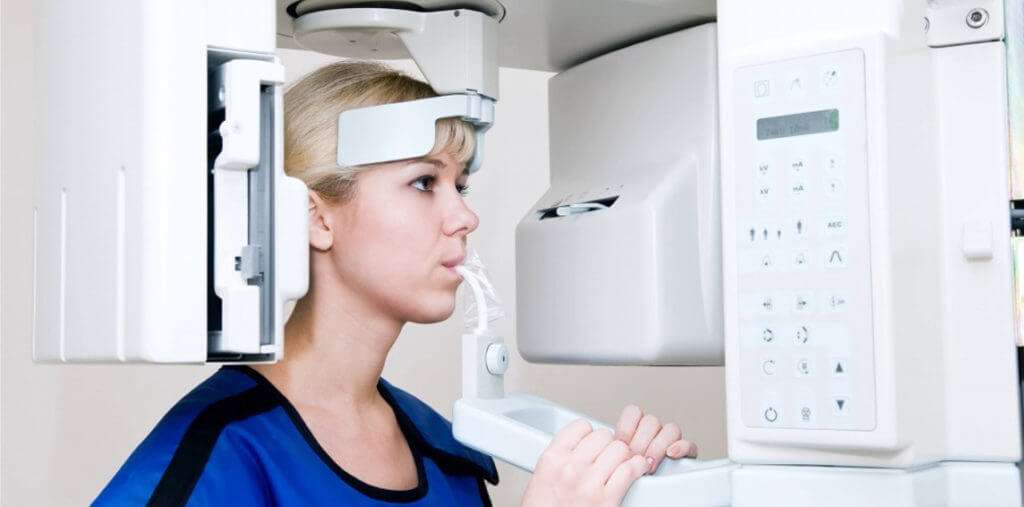
Cephalometric X-ray For Orthodontics
A cephalometric X-ray is an imaging tool that allows your dentist to capture a side view of your head. It shows the position of the teeth, jaw, and surrounding structures. Your dentist uses the images to assess jaw or bone growth, any broken or impacted teeth, as well as airway-related issues. Like the standard X-rays, cephalometric X-rays are also extraoral.

3D Cone Beam Scanner
This imaging device captures clear and detailed 3D images of your teeth, including the surrounding bones and tissues. The x-ray beam follows the shape of a cone, which explains its name. The images captured can be viewed and adjusted using software. Your dentist may recommend getting cone beam 3D imaging to determine which dental treatment is necessary for your case. The procedure is quick and painless and no special preparation is needed.
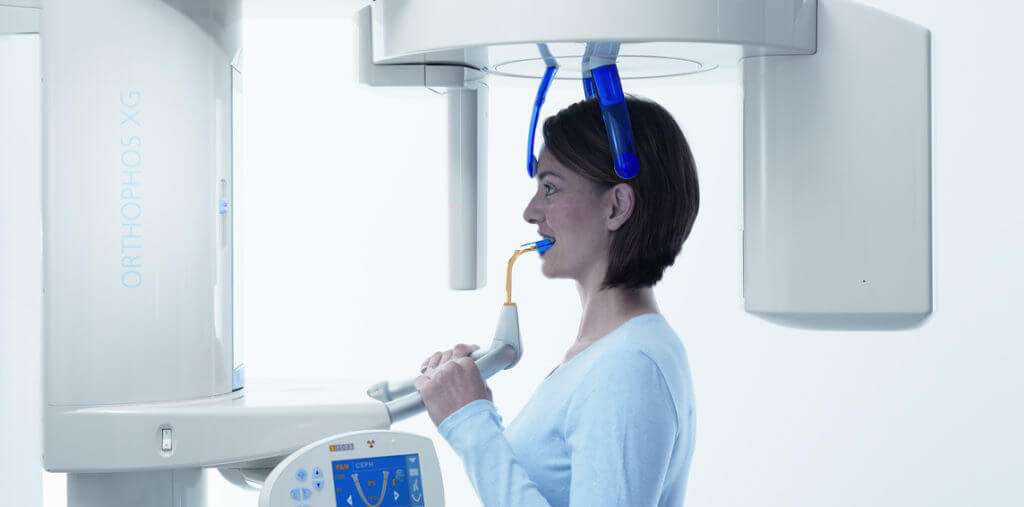
3D Jaw Motion Sensor
K7 Technology
When facial muscles are stressed, your jaw loses its proper alignment. This can result in temporomandibular joint disorders or TMD.
The K7 technology allows us to measure the movement of your jaw and restore its ideal resting position. This evaluation system is composed of a computerized scanner, recorder, and analyzer.
The scanner identifies the speed at which your jaw moves, the recorder keeps track of electrical impulses that your jaw muscles emit, and the analyzer looks into clicking sounds your jaw makes.
The K7 technology can also develop 3D images of your jaw and mouth. Altogether, the system helps us determine whether there’s damage to your jaw joint.
Jaw Tracking
Computerized jaw tracking involves the use of various technologies. This pain-free procedure allows us to recommend the right oral appliance for correcting a misaligned bite.
We perform EMG to track muscle movements. Then, we use the TENS unit to relax the nerves around your jawbone and teeth. Once your jaw muscles are fully relaxed, we go back to the EMG again.
The computer gathers all information, guiding us where to position the jaw and helping us create an effective oral appliance. Through computerized jaw tracking, we get 3D images of your mouth, and we’re able to complete the procedure in a much more comfortable manner for you.

Velscope
The VELscope® Vx Enhanced Oral Assessment System is a wireless handheld device that uses fluorescence visualization to help detect irregularities in the mouth not visible to the naked eye.
Visual examinations during oral cancer screenings can only spot visible abnormalities, such as white or red spots in the mouth. The Velscope shines a bright blue light into the mouth to reveal lesions or any changes that the eyes alone won’t see. Healthy soft tissues in the mouth absorb the blue light and appear green on the screen while potential problem areas show up darker. This procedure is painless and can be completed in a few minutes.

TENS
A Transcutaneous Electrical Nerve Stimulation (TENS) unit sends a series of mild dose electrical shocks to the jaw muscles.
Here at Cool Dental, Dr. Lachman uses the TENS machine to relax the jaw and help it accept a new bite during implant procedures.
We start by measuring muscle activity using electromyography. Next, we place the TENS unit in a targeted position. After which, we use electromyography again to determine the ideal resting position of your jaw joints and muscles.
Once we have the most comfortable position for your jaw, we then fabricate an appliance in this exact measurement. This procedure helps relieve jaw pain and also improves your smile.
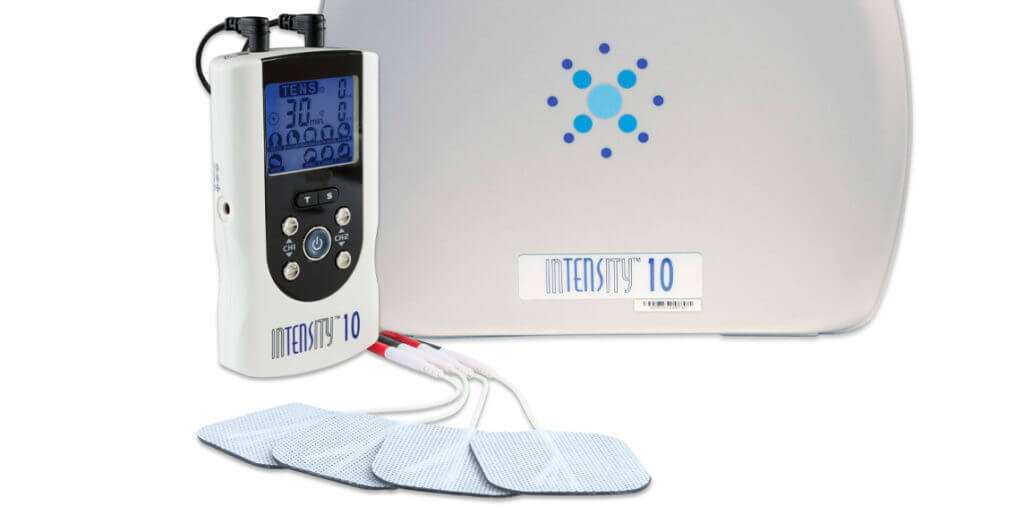
EMG
Electromyography or EMG assesses muscles and the nerve cells controlling them, called motor neurons. EMG sends electrical signals to relax muscles and delivers the signals as numbers or graphs.
The procedure involves placing small sensors on your skin to detect motor neuron activity. Needle electrodes are also inserted into the muscle tissue to monitor its activity.
Your dentist or doctor uses the information to diagnose the condition of your muscles. They may recommend getting EMG if you’re experiencing issues with muscle movements, such as numbness or weakness.
Here at Cool Dental, we use EMG, along with the TENS unit, to evaluate and diagnose jaw-related problems.
